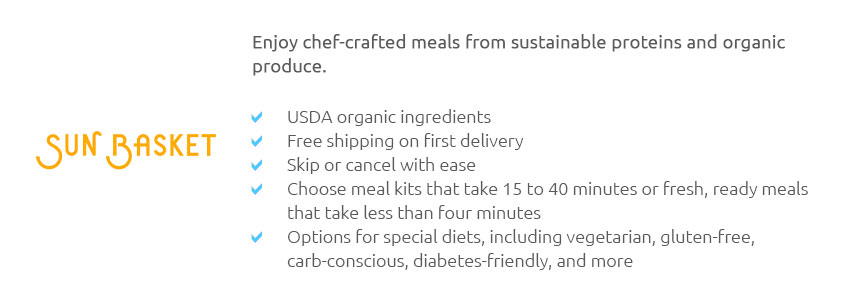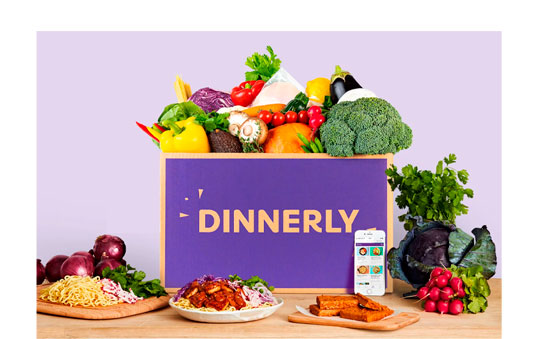 |
 |
 |
|---|
 |
|---|
 |
||||||
|---|---|---|---|---|---|---|
|
||||||
 |
 |
|||||
 |
 |
|||||
 |
 |
|||||
 |
 |
|||||
 |
 |
|||||
 |
 |
|---|
|
7f5m9t1grwl Understanding the Phenomenon of Food Prep Meal DeliveryIn recent years, the landscape of how we approach our daily meals has undergone a significant transformation. This shift is largely due to the rise of food prep meal delivery services, which have become an integral part of many households across the globe. These services are more than just a convenience; they represent a fundamental change in our relationship with food and cooking. At its core, a meal delivery service provides customers with pre-portioned ingredients and recipes to prepare meals at home. Some services go a step further, delivering fully cooked meals that require minimal effort to enjoy. The appeal of these services lies in their ability to save time, reduce food waste, and promote healthier eating habits. But how exactly do they work, and why have they become so popular? To start, it's essential to understand the mechanics of these services. Upon subscribing, customers select their meals from a menu that changes weekly, ensuring a variety of options. Each meal is meticulously planned and often caters to specific dietary needs such as vegetarian, keto, or gluten-free diets. The ingredients are then shipped directly to the customer’s doorstep, carefully packaged to maintain freshness. The process is seamless, but what truly sets these services apart is their commitment to quality and sustainability. Companies like Blue Apron and HelloFresh partner with local farmers and suppliers to source fresh, organic ingredients, ensuring that each meal is not only delicious but also environmentally conscious. By doing so, they support local economies and reduce the carbon footprint associated with transporting food over long distances.
Yet, the benefits extend beyond mere convenience. These services also play a crucial role in reducing food waste. According to a study by the Natural Resources Defense Council, a significant portion of household food waste comes from purchasing more food than needed. By providing precisely measured ingredients, meal kits minimize this waste, ensuring that every carrot, onion, and spice packet is used to its fullest potential. While some critics argue that these services can be more expensive than traditional grocery shopping, it's important to weigh the cost against the time saved and the potential reduction in food waste. Additionally, the educational aspect of these kits should not be underestimated. Many users report improved cooking skills and a greater willingness to try new recipes, thanks to the step-by-step instructions provided. In conclusion, food prep meal delivery services are not just a fleeting trend; they are a reflection of our evolving lifestyles and priorities. As more people seek ways to simplify their lives while maintaining a commitment to health and sustainability, these services offer a practical solution. Whether you are a seasoned cook looking to save time or a novice eager to learn, there is something uniquely satisfying about receiving a box full of culinary possibilities, waiting to be explored. https://www.bonappetit.com/story/best-meal-delivery-services?srsltid=AfmBOor09vhgiRIUJqJk7MvfgUv6AT0SqIodpBBLYYp7aRQFsQUcNtSX
While many food delivery services emphasize 30-minute home-cooked meals, Gobble advertises entres that take half that amount of time to prepare ... https://herculeanmealprep.com/?srsltid=AfmBOoqYzSUbADB6vfzK2hW26agfjoeoavjTwFliijb9vXN4Zpvay33D
Healthy frozen meals delivered, no subscription needed. Pick up from our Indiana locations or have your order delivered nationwide! https://www.homechef.com/?srsltid=AfmBOorT4ZVmtj01m99uxur7Xme9IftnIs-f3FBrhFxA9q7qX5DLIOr-
Our weekly deliveries of fresh, perfectly-portioned ingredients have everything you need to prepare home-cooked meals in about 30 minutes.
|
|---|


